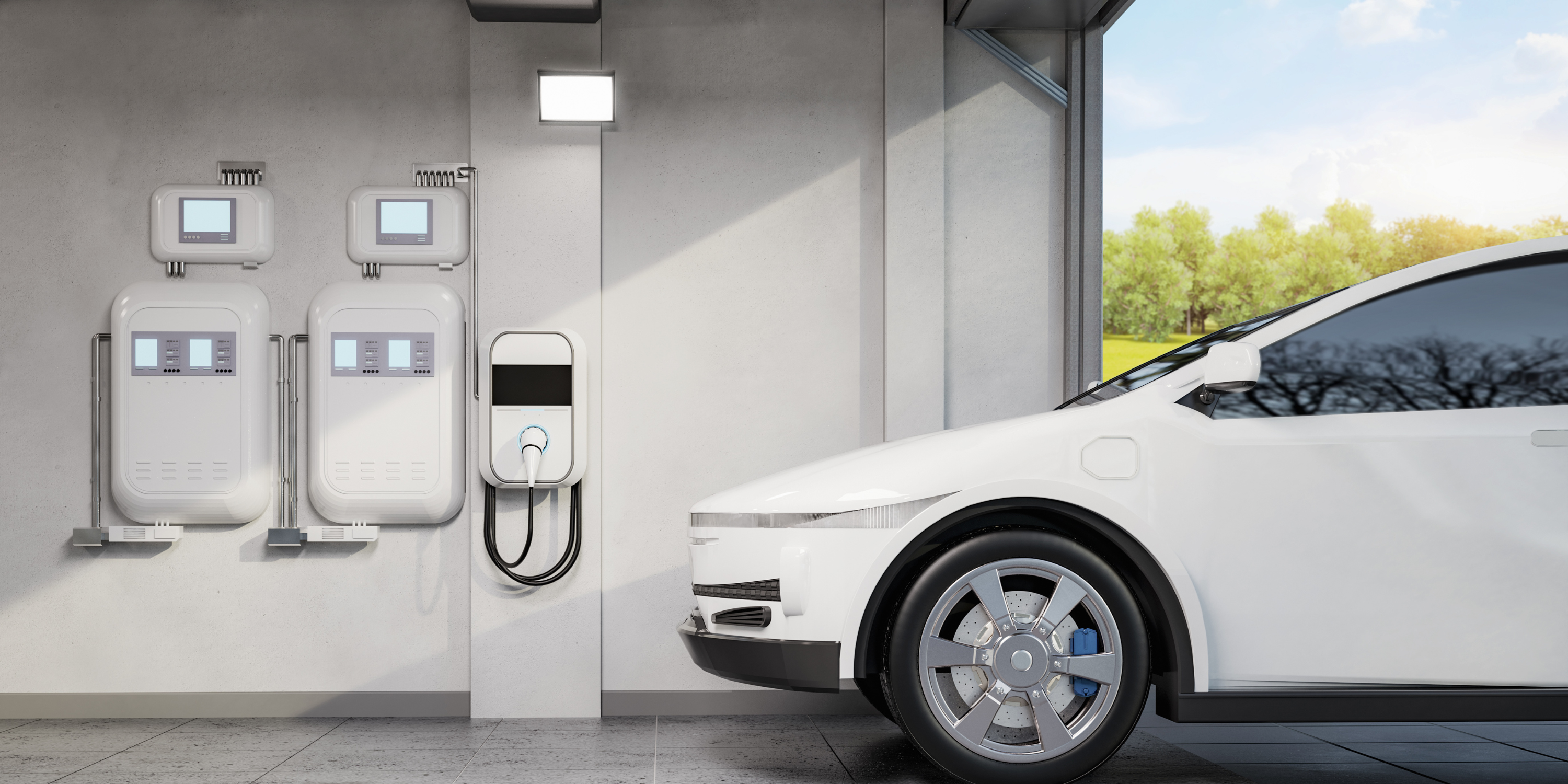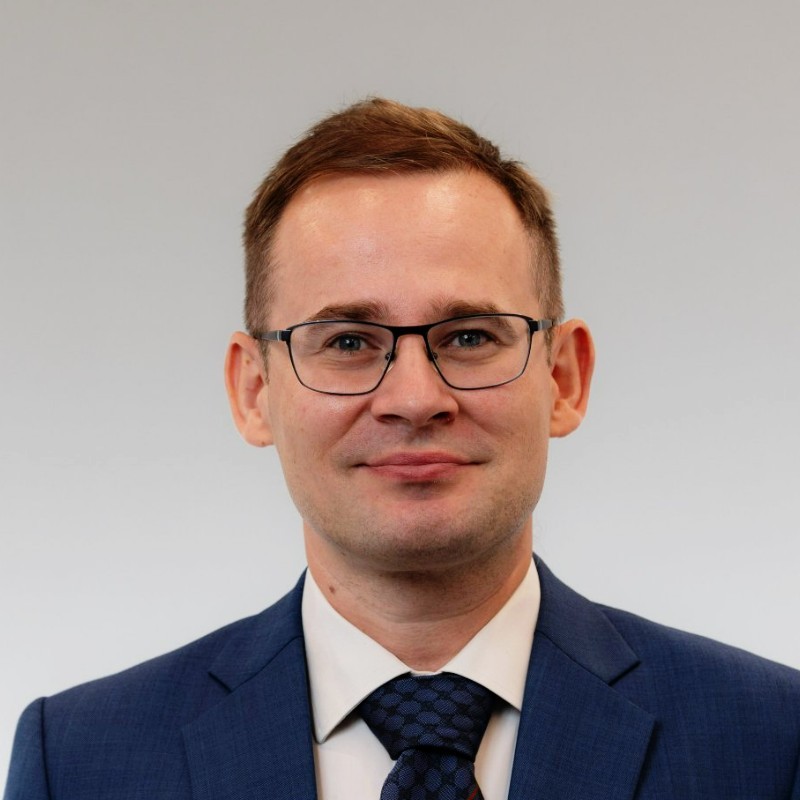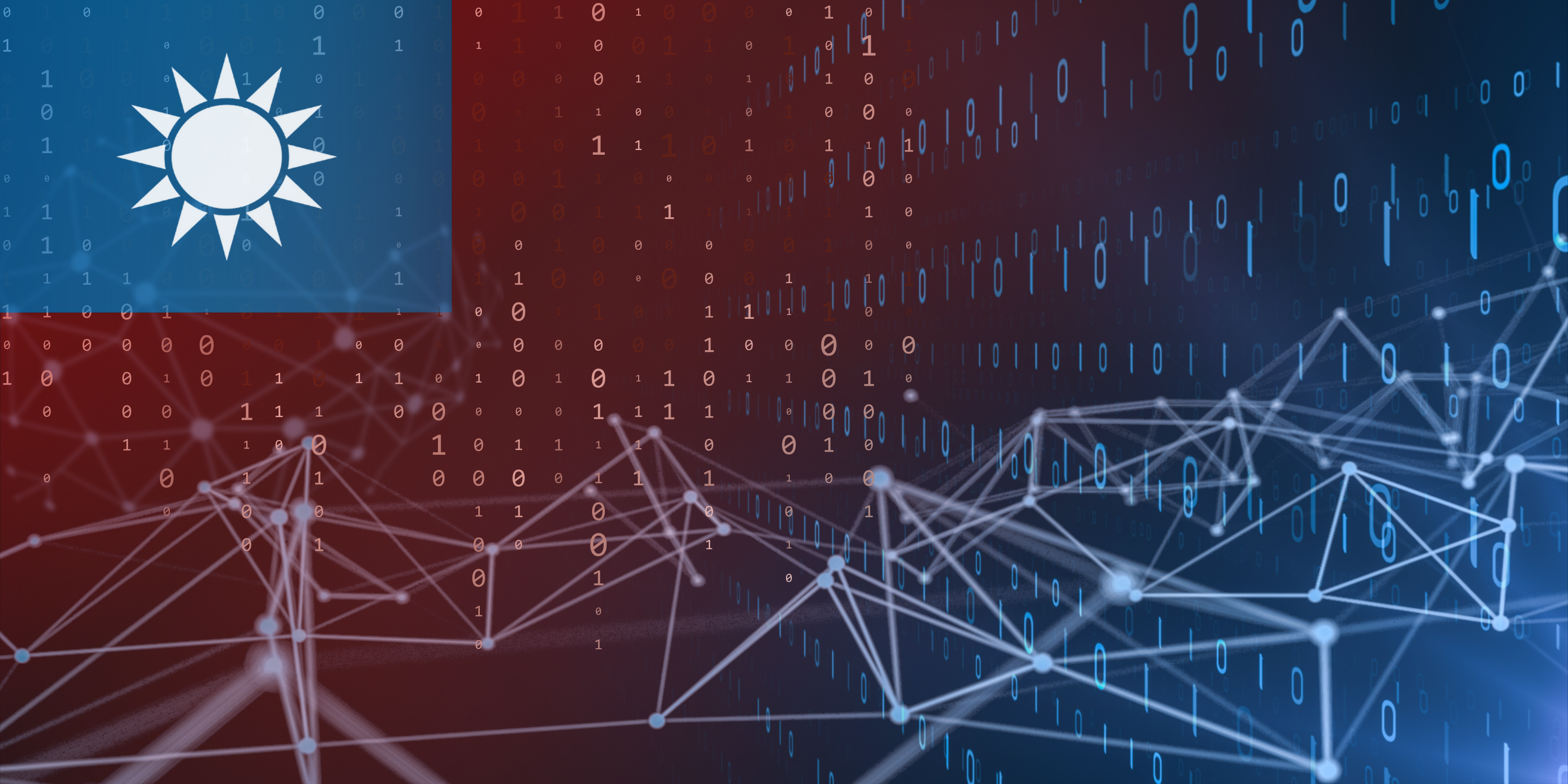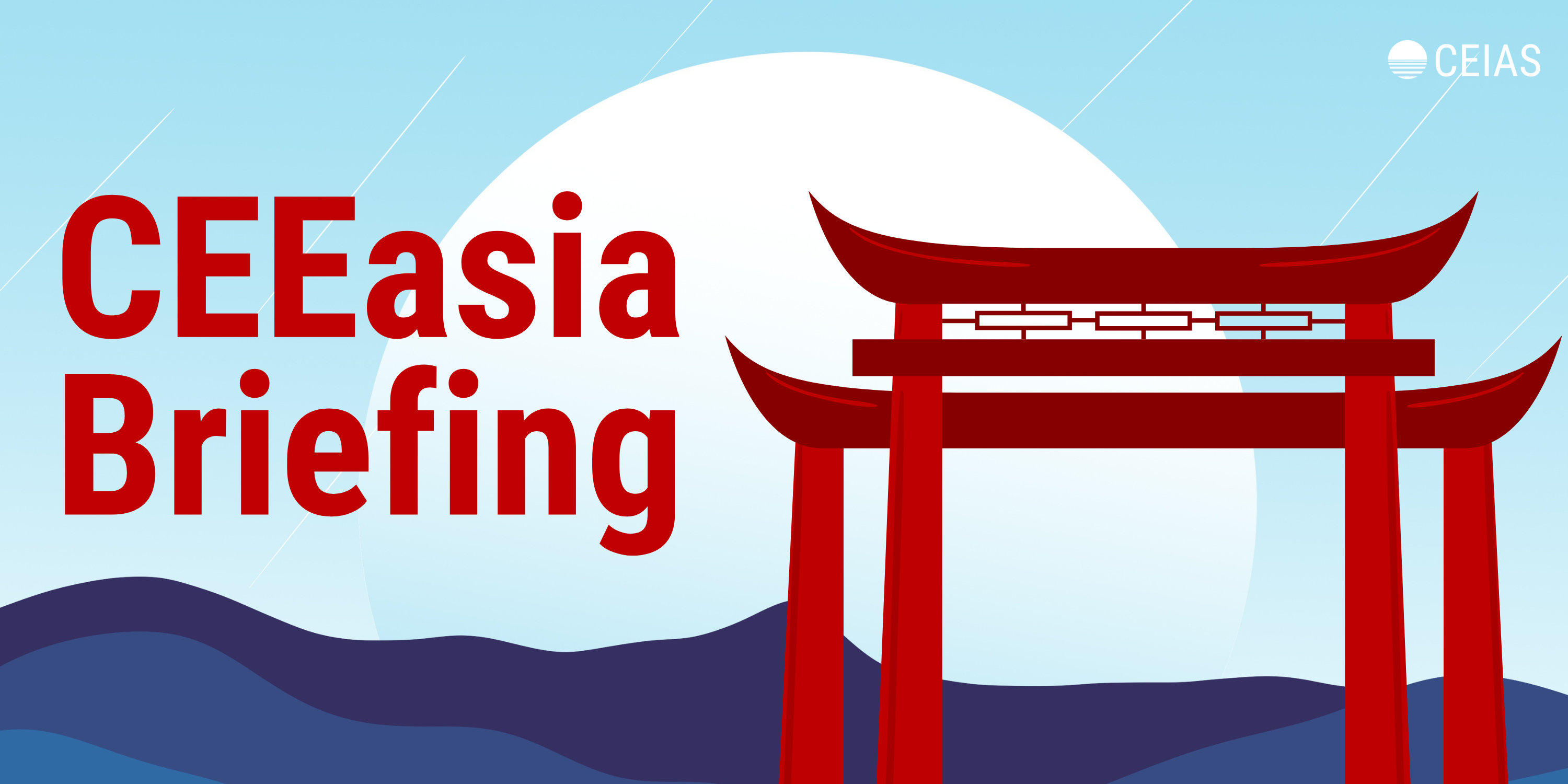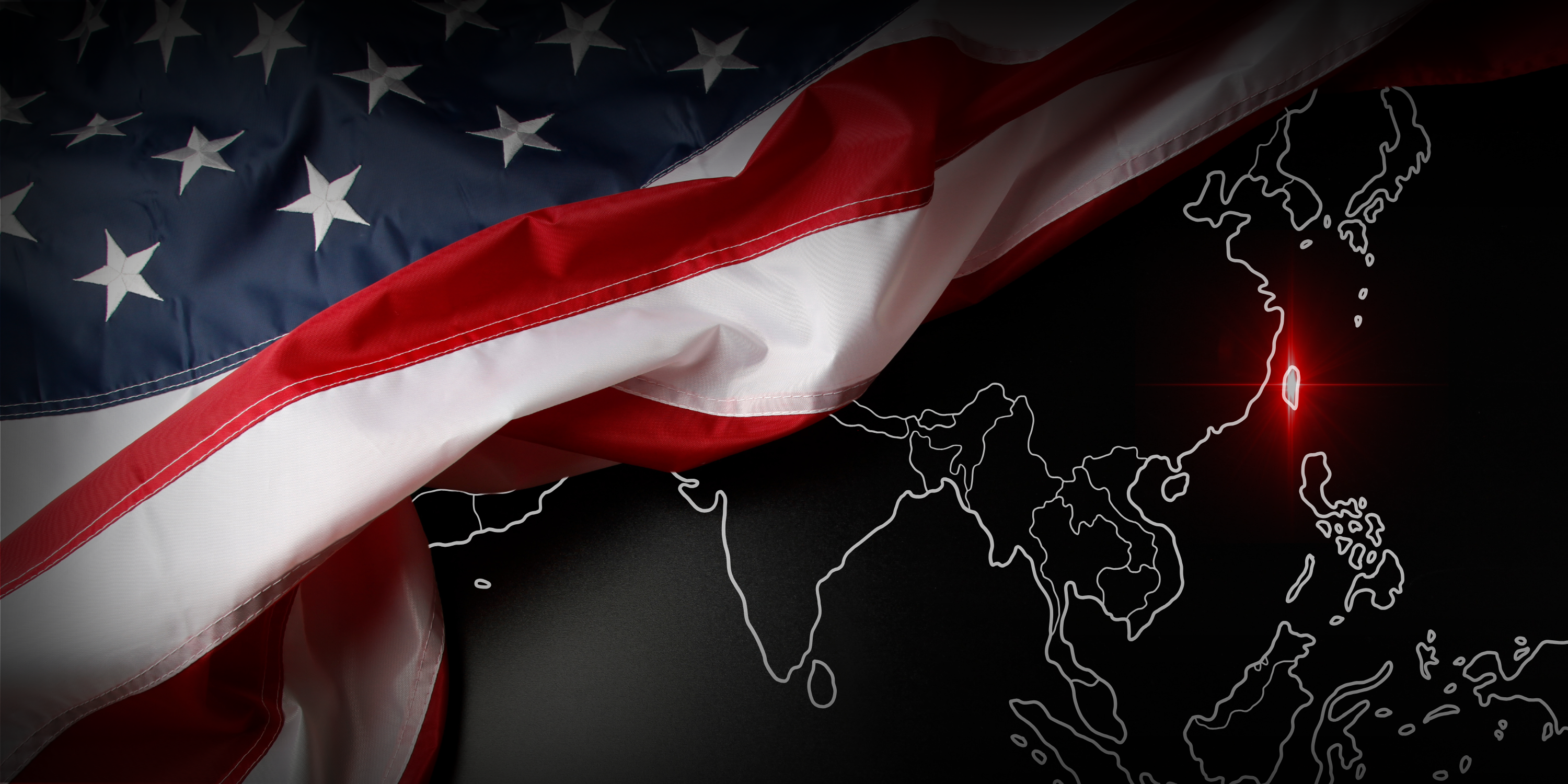As Chinese electric vehicle (EV) makers have come to dominate the industry, contenders from other countries are struggling to keep pace. Layoffs and dwindling profits, protectionist policies and calls for increased state funding are just some of the responses that dominate the headlines.
Western European carmakers have been hit particularly hard by the rise of Chinese EV makers. In October 2024, Volkswagen announced that it would be significantly cutting its workforce, while the auto conglomerate Stellantis’s CEO abruptly quit in December amid disappointing results.
But in Central and Eastern Europe (CEE), a competitor to China is silently rising — South Korea. The country’s firms have managed to transition their long-established internal combustion engine factories in the CEE region into EV hubs while also pumping billions of euros into battery supply chains. South Korea’s successes offer not only lessons for other competitors to China, but also important clues about the future of this competition.
If a single term could be used to characterise South Korea’s geoeconomic strategy in the CEE region, it would be ‘asymmetry’. Understanding the dominance of Chinese manufacturers and knowing they cannot match Chinese investment, they haven’t even attempted to challenge China where it’s strongest. Instead, South Korean firms have focused on niches that play to their strengths.
Their focus on CEE, which is also the main recipient of Chinese EV and battery investment in Europe, is a case in point. South Korean carmakers started production in the region in the early 2000s, driven by CEE states’ integration into the European Union, which provided a more stable and favourable business environment.
The region is also home to a highly qualified yet relatively cheap workforce and is geographically close to Western European markets. South Korea’s largest car producer, Hyundai, built a factory in the Czech Republic in 2008, two years after Kia opened its factory in Slovakia.
While South Korean companies can utilise existing brownfield facilities in EV production, the same approach cannot be applied in battery production as it is a newly emerged field. As such, they’ve had to invest in new facilities — and they have done so at scale.
According to recent research by the Central European Institute of Asian Studies, South Korean firms invested or announced investment of 14 billion euros (US$14.6 billion) in the four largest automotive-producing countries in the CEE region — Poland, Hungary, Czechia and Slovakia. That compares to 12.75 billion euros (US$13.3 billion) by Chinese battery producers. And most of the Chinese investment is concentrated in a 7.2 billion euro (US$7.9 billion) project in Hungary by CATL, a major Chinese brand, which may eventually be downsized.
While Chinese investment is almost entirely concentrated in Hungary, South Korean firms have split their investment almost equally between Hungary and Poland. This, coupled with official statements, suggests Chinese battery producers are more strongly influenced by politics given Beijing’s close relationship with Hungarian Prime Minister Viktor Orban’s government. Leapmotor, a Chinese automobile start-up, recently withdrew from a joint venture in Poland because Warsaw voted in favour of imposing countervailing duties on the imports of Chinese EVs. By comparison, South Korean firms are more likely to follow their customers, not politicians, when choosing locations for investment.
Currently there are 45 South Korean companies active in manufacturing battery parts and components in the CEE region, compared to 22 Chinese companies that have moved or announced a move. One result of this is that South Korean battery makers, such as LG Energy Solutions, Samsung SDI and SK Innovation, can operate more efficiently in industrial clusters — paradoxically an approach more traditionally linked to the Chinese mode of production. This also indicates that the Chinese firms in the CEE region will more likely depend on the import of inputs from China, creating significant dependencies that may reduce their competitiveness.
Lastly, while South Korean firms are active in all stages of the battery manufacturing process, they have identified recycling as a priority. With strong support from Seoul, they have poured considerable investment into research and development in this field, as well as in setting up production facilities. They have built or announced construction of three times as many battery recycling facilities as Chinese firms in four CEE countries.
The success of the South Korean strategy could ultimately prevent the absolute dominance of Chinese producers and ensure that customers worldwide have multiple purchasing options. But none of these individual steps, not even in unison, can guarantee that South Korean firms will be able to withstand Chinese competition and retain their market share and profitability.
Regardless, South Korean firms offer an example of geoeconomic strategising — playing to one’s strengths — and smart channelling of limited resources. These are geoeconomic lessons that ought to be heeded by Western European politicians and manufacturers who are lacking in coherent strategies and more often than not simply respond to events rather than trying to shape them.
This article was produced as part of the project ‘De-risking and its challenges: Korean Positions in European Electromobility and Military Supply Chains after the Russian invasion of Ukraine’, funded by the Korea Foundation.
This article was first published on the East Asia Forum.

